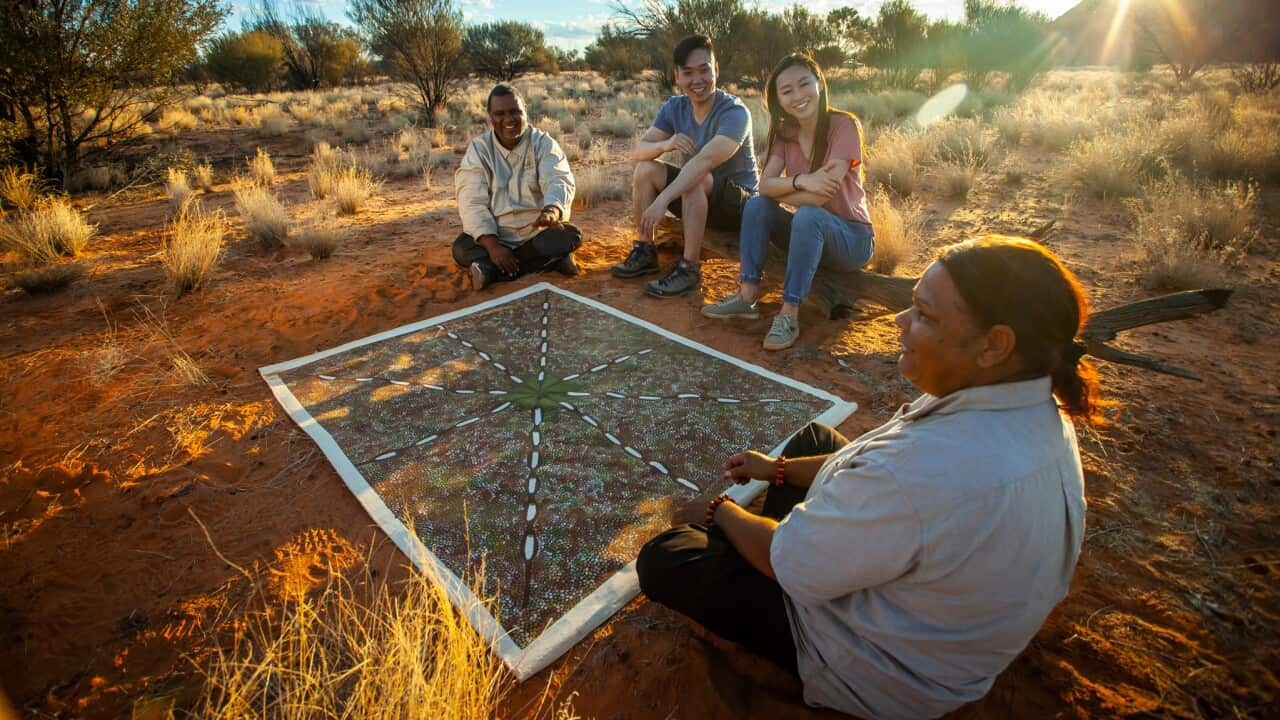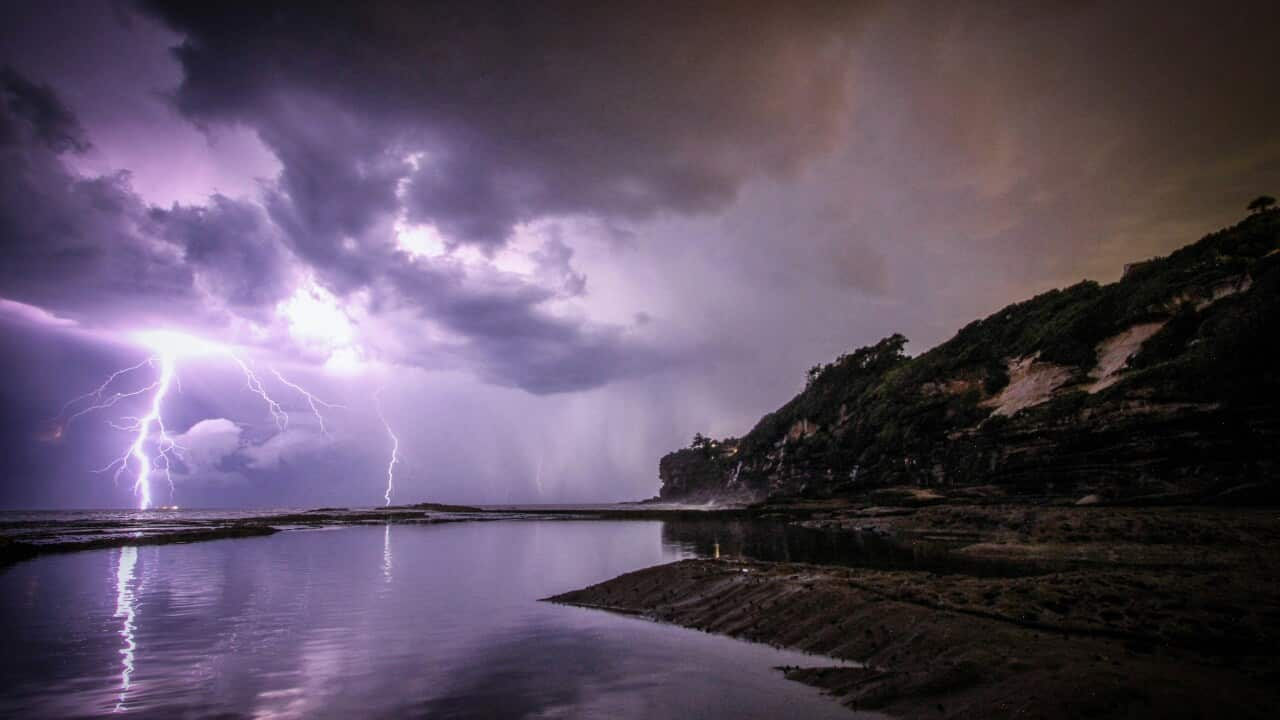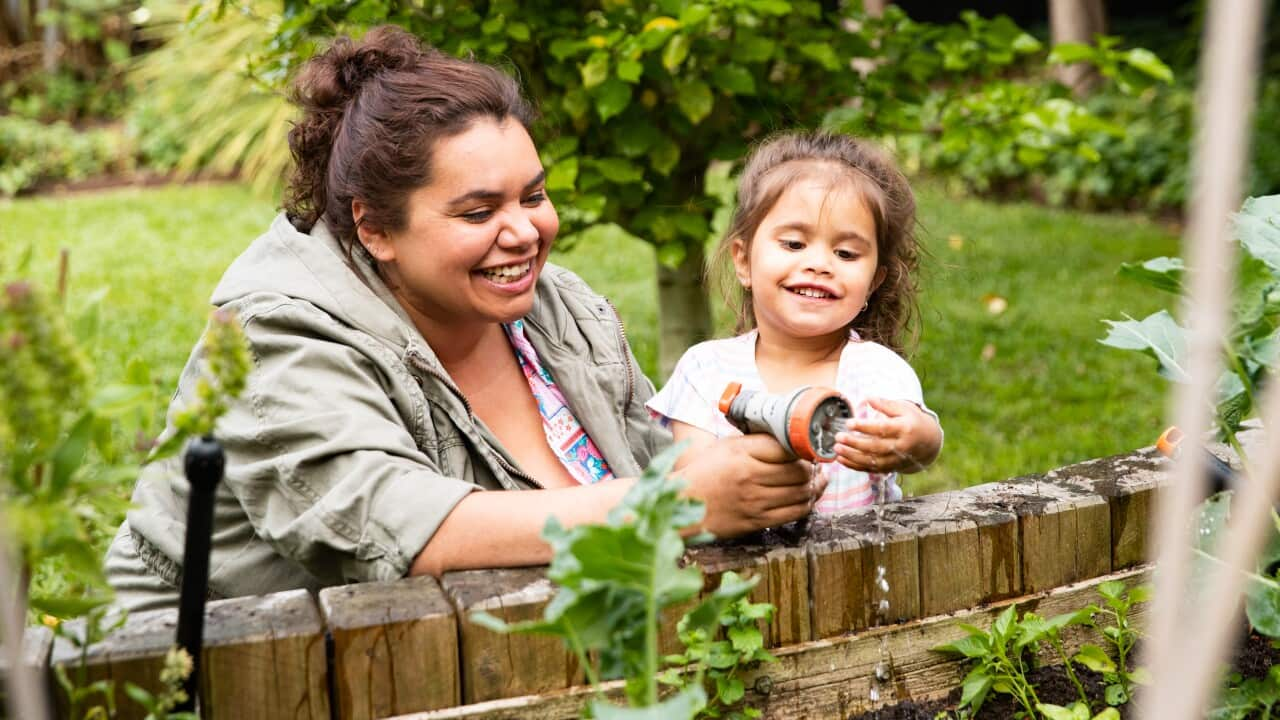Key Points
- It’s important to plan your visit and travel safely, including checking seasonal weather and bushfire advice.
- Stay on designated trails and roads, so you don’t damage plants or the environment.
- Take only memories, and do not pick wildflowers or remove any plants or wildlife.
Whether you’re checking out wildflowers for the first time or are an experienced traveller exploring the outback, being a respectful visitor in the bush ensures that Australia’s precious native plants and animals can be enjoyed by everyone.
This means, staying to designated roads and tracks, following signage and advice, not littering or damaging the landscape, and not removing native plant species or wildlife.
Terry Dunham is a citizen scientist and native orchid researcher from Albany in south-west Western Australia—a region in which he has enjoyed exploring since he was a child.
“It is always astonishing to witness the huge diversity of plant species, which exist in Western Australia. Our south-west region is one of the worlds biodiversity hotspots, and were fortunate to enjoy the wildflowers all year round,” Terry says.

Bushwalkers on the Ravensthorpe Range Credit: Terry Dunham
“The collapse of one species has an impact on everything around it - from insects, especially native bees, to birds, small vertebrates and larger animals. These changes take place over a long period of time so we need to be mindful of the long-term effects of our short-term enjoyment. It is a privilege, not a right to be able to visit and experience our beautiful native bushland areas and plant communities.”
Jonnie Cobby is a Yankunytjatjara and Arrernte man who lives on Wardandi Nyoongar country in south-west Western Australia where he works as a national park ranger.
“When entering national parks or other wilderness areas, there is no limit to the variety of things one might encounter, it’s that opportunism that makes exploring these areas so appealing,” Jonnie says.
He explains that being mindful of your behaviour when , will help to ensure that these special places can be enjoyed by others both now and into the future.
Behaviours such as staying to the path, taking your rubbish away with you, leaving the area as you found it are all great examples of the desired behaviour we want to see visitors abide by.Jonnie Cobby
As certain environments can be fragile and sensitive, when visiting or exploring it is important to be respectful of the natural and cultural values of an area.
“Being culturally aware and appropriate towards Traditional Owners of an area and their history will only enhance a visitor’s understanding of an area and potentially aide them in connecting with an area they are visiting,” Jonnie says.
READ MORE

The impacts of First Nations tourism
Originally from China, photographer Sophie Xiang now lives in Perth and teaches wildflower phone photography. She spends a lot of time enjoying the Western Australian bush capturing images of plants, flowers and occasionally wildlife.
“Walking in the bushland is like an adventure. Through my lens capturing the beauty of the plant's circle of life is my absolute passion. I love being out bush photographing the amazing nature of our Australian bush, but sometimes it makes you sad when you notice that other visitors have littered, left rubbish behind, or damaged plants or trees,” Sophie says.
And as Sophie explains, you can get magical photographs without damaging the environment.
“When hiking or exploring, stay on the trail, to avoid damaging any plants. You can still get that perfect shot for social media without damaging the environment or ruining the experience for others. Don't pick wildflowers—as it’s illegal in Australia, especially don't dig up orchids or remove them, without a suitable environment they will not survive, and protect native wildlife such as lizards or other reptiles. Don't try to remove them.”

Originally from China, photographer Sophie Xiang now lives in Perth and teaches wildflower phone photography.
Things as reckless as people in four-wheel drives accessing areas that are off limits, has obvious impacts such as vegetation damage, soil compaction and potential weed and disease spreading; to something seemingly more innocent as straying from a designated path to get that perfect photo, could be unknowingly trampling plants that are sensitive and rare.Jonnie Cobby
As Jonnie explains, the collection of firewood from within National Parks and reserves which are non-designated areas, can impact native wildflowers and fauna habitat. It is also illegal to remove wildflowers, other plants, and animals from within any National Park or conservation reserve in Australia.

Queen of Sheba orchid. Credit: Terry Dunham
Depending on whereabouts in Australia you are out exploring, as Terry Dunham explains, in some locations there are plant diseases or biological pathogens that may be present, and which can be spread on footwear, equipment or vehicles.
“For example, in Southwest Western Australia, the destructive Phytophthora dieback fungus poses a significant threat to the Australian environment. We should all take a brush to clean and remove all organic matter from your boots and hiking equipment, and where possible stay on designated roads and tracks,” says Terry.
Weed seeds can also be transferred on boots and clothing, so it’s important to check your footwear and clothing before leaving an area, as well as checking your vehicles’ tyres and underbody for any mud that may have stuck.
Being respectful of the environment will help ensure that Australia’s beautiful flora and fauna is protected and available for everyone to enjoy.
“Our plants will endure massive environmental threats in the future, so we need to ensure everything, no matter how small, is done to save our flora,” says Terry.
“Never remove anything from the bush, including seeds, nuts, flowers, leaves, bark, sticks or branches. It is illegal to do so, and if everyone took mementos, flowers or sticks from the bush we would have habitat loss in vulnerable areas. Do not stage photos, such as clearing vegetation away from a plant. Watch where you tread, and of course do not pick the wildflowers.”

Jonnie Cobby, National Park Ranger.
Before you head out to explore in the Australian bush, Jonnie explains that it’s important to plan your visit to —including being mindful of emergency information such as seasonal road closures and bushfire warnings.
“Areas can be affected by extreme weather events, including high temperatures, so people need to consider their own safety prior to visiting. Appropriate clothing, hydration requirements, communication plans, using hiking registers for longer, remote experiences are just some of the safety elements people need to consider,” Jonnie says.
“Take nothing but photographs, leave nothing but footprints. I think that is a clear simple message that everyone can follow easily.”
So plan ahead, show respect to the environment you’re visiting, and as Terry highlights, exploring the Australian bush can be a very special experience.
“Our native bush reserves, National Parks, road reserves, coastal heath, private bushlands and other remote areas are such a beautiful, colourful place to explore. These places are very uplifting, healing and energising. Walking in these pristine environments on the surface of this planet is something to be forever grateful for.”
For further information about visiting national parks around Australia you can check:
Subscribe or follow the Australia Explained podcast for more valuable information and tips about settling into your new life in Australia.
Do you have any questions or topic ideas? Send us an email to [email protected]













